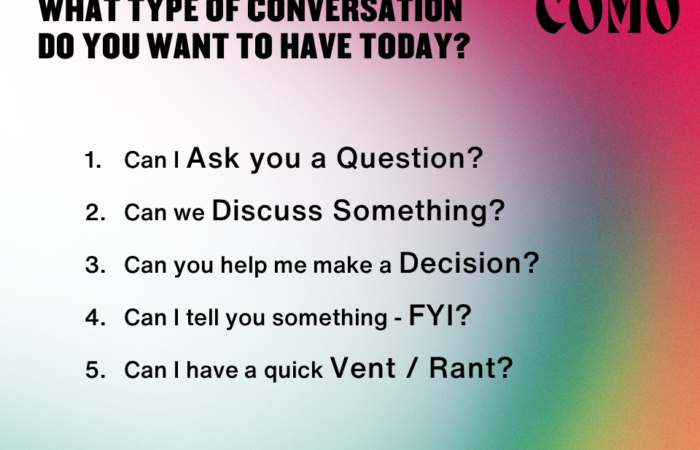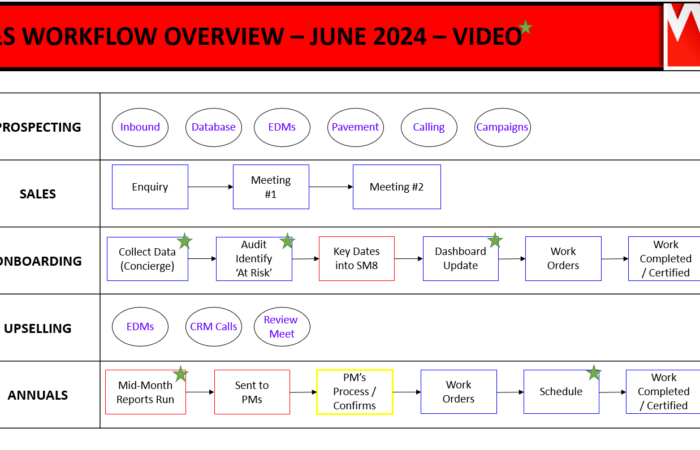The Most Valuable Part of a Meeting: What Happens Next. In Blackboard Fridays Episode 128, Jacob talks about Productivity. Need this implemented into your business? Talk to the international business advisor who can do exactly that – Contact Jacob, Learn More, or Subscribe for Updates.
Who is Jacob Aldridge, Business Coach?
“The smart and quirky advisor who gets sh!t done in business.” Back independent since 2019.
Since April 2006, I’ve been an international business advisor providing bespoke solutions for privately-owned businesses with 12-96 employees.
At this stage you have proven your business model, but you’re struggling to turn aspirations into day-to-day reality. You are still responsible for all 28 areas of your business, but you don’t have the time or budget to hire 28 different experts.
You need 1 person you can trust who can show you how everything in your business is connected, and which areas to prioritise first.
That’s me.
Learn more here. Or Let’s chat.
Transcript
We dive in once again to the most in-demand topic of Blackboard Fridays, how to make the most of meetings in your business.
For all the conversations we’ve had, we’ve never really explored what I consider to be the most valuable part of your meeting. It’s not setting the agenda at the start, it’s not the importance of the chair to manage the energy, to get that momentum. It’s not even the regular scheduling of the meetings.
The most important part of a meeting in business, is what happens after. Because it’s only if that meeting impacts change, a change in understanding or a change in behavior that the meeting can be said to have value.
If you find yourself in your business with your team having the same old meetings and the same conversations going around and around, then you’re not making decisions, you’re not making change. You may be making recommendations, you may be having great ideas, but after the meeting nothing’s getting done, nobody’s being held accountable, and as a result those meetings are wasting everybody’s time.
Today, I’m going to walk through a bit of a flowchart. Now this is linked to episode 71 where we talked about five different types of communication that happen in businesses and that happens in meetings as well and meetings often get held for the wrong reason, the wrong type of communication. So let’s have a look at where we start.
The very first question: “Is this going to be one-way communication?” “Is this just me as the business owner or the team leader getting up and just talking at people?” That FYI kind of communication, or maybe I just want to have a rant, get something off of my spleen. If that’s the case, you don’t want a meeting.
That one-way communication is something that can be done much better by email if it’s brief, if it’s something that can be communicated clearly without ambiguity and in only a few paragraphs, or face-to-face with some of the key individuals that are involved, or cascading through the business where you share that with team leaders who then share that face-to-face, one-on-one with team.
One-way communication is so much faster than getting everybody in for a meeting that goes on and on and on to justify the half hour or the full hour time slot that you’ve scheduled.
So okay it’s not one-way communication, it is actually two-way conversation then the question is: “Is the purpose of this mostly for you to gather data, to gather information?” In other words “Is this the ask type of communication?” where you have a lot of questions that you want answered.
That’s the case a meeting may still be the most effective way to achieve that. You have to ask yourself “Who needs to be there?” if I’m going around different department heads for example, and asking them for their input their updates, “Do they all need to be there?” “Do they all need to be there for all of the meeting?”
A great liberating decision that I brought to a lot of my clients over the years, is the fact that somebody may be involved in a meeting but that doesn’t mean they have to be involved in the whole meeting. They might be able to come in for 15 minutes or for half the meeting, for the part that they’re required to be there, and suddenly their time while present is more effective, and their time in the day is a put to better use than sitting through a meeting where they don’t need to be there for part of the conversation while you’re asking a lot of questions of somebody else that isn’t relevant to them.
Okay so it’s not one-way communication, you’re not gathering data, that means that you’re either looking to have a discussion, or you’re looking to make a decision about something in your business. If it’s a discussion great, this is where being a chair managing the energy making sure that everybody’s heard, that we stick to tasks is very very important, you do also need to be very very clear.
If you’re having a discussion about something that you want to change, make sure everybody in that discussion knows who will ultimately make a decision to change. Are you having this discussion because you’re going to recommend or enforce a change, or are you having a discussion so this group can come back at a later point and actually make a decision on that topic?
Get that clear the discussion will be more effective and you want to keep having that discussion going around in circles.
Lastly the most valuable meeting type is one where you’re making clear decisions of about that change that is going to come after. If you’re having these meetings, and hopefully you’re having them on a regular basis, not discussing things that can be done in an email, but actually diving deep on things that can change and making recommendations, then what you need to walk out of that meeting with, to make sure it has that momentum through the business, is a clear and documented to-do list or action list, who’s going to do what by when, and noted documented the agreements that you’ve made in that meeting, so that they’re there they’re written in paper, you can’t have somebody say later “I didn’t understand.” “I didn’t realize” or “I forgot.”
This is this accountability perspective for these meetings. Get the to-do lists and those agreements documented, get them communicated and shared through the business as soon as possible, and then hold people accountable.
For too many businesses there is no culture of accountability. It feels like a difficult conversation, and then they wonder why their team don’t take responsibility and why things don’t change, or change as fast as they want.
You can build a culture of accountability, where your team or at least the right members of your team, will step up and enjoy it. How do you do that? Praise success in public. When somebody follows through, when somebody lives your culture, your vision, praise them in front of their peers.
If somebody’s letting you down, call them on it but call them on it in private. Bring them in and if you’re having regular one-on-one meetings on a weekly or monthly basis, that’s the perfect way to do it in a non-confrontational way but make sure they know that you’ve seen them not pulling their weight.
Make practicing what we preach, doing what we say we’re going to do, holding our promises, make that a documented and agreed behavior as part of the culture in your business.
Get everybody aligned to the fact that that is right at the pinnacle of the layers of context, that is something that you as an organization see as non-negotiable. And it’s that non-negotiable which is the final point I will leave you with.
Accountability won’t work if you start not holding people accountable. The behaviour in your business will sink to the lowest level that you tolerate. So if people don’t do what they say their going to do, if they don’t implement agreements, you have to hold them to account, because if you let it slide then they will consciously or subconsciously begin to realize that they don’t need to be accountable, that they don’t need to take responsibility.
Again, if nobody’s taking responsibility for taking your meetings back into the business to make change, then the meetings will be a waste of time and your business won’t achieve the outcomes that you desire.
Next Steps
Want to learn more about how this can apply to your business? It costs nothing to chat:
- Email me jacob@jacobaldridge.com (I read them all)
- Call, Text, or WhatsApp me +61 427 151 181
- Or just Subscribe https://jacobaldridge.com/about/subscribe-to-jacob-aldridge-com/ to stay in touch




